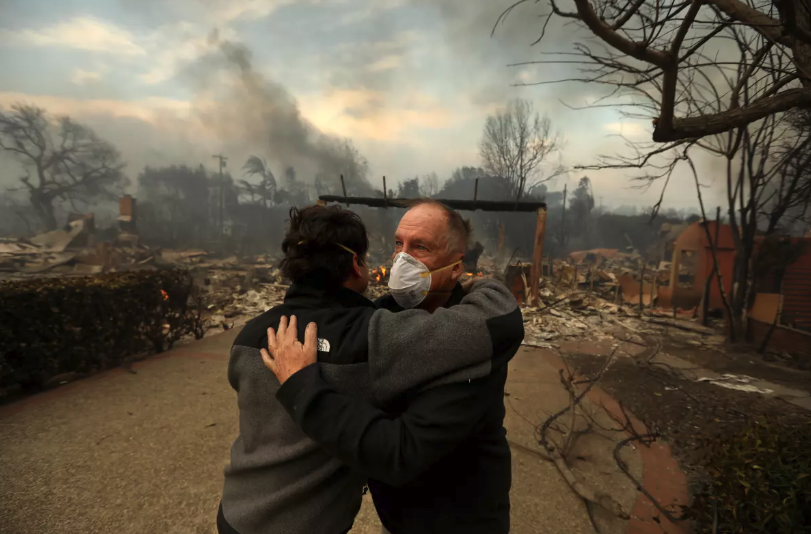California’s insurance industry is undergoing significant changes due to rising climate risks and financial pressures. Major insurers are pulling back from offering coverage in high-risk areas, particularly wildfire zones, citing unsustainable losses. Homeowners are increasingly turning to the FAIR Plan, a state-backed program offering limited coverage. These shifts are creating challenges for the real estate market.
Key Takeaways for Real Estate
- Understanding Premium Increases:
Insurers have raised premiums dramatically in high-risk areas to offset rising costs. Homeowners in wildfire-prone regions are particularly affected, seeing premiums that can triple. This makes homes in these areas less attractive to buyers and impacts affordability. - The Role of the FAIR Plan:
While the FAIR Plan offers a safety net, it provides only basic fire insurance. Homeowners must supplement it with additional policies to cover liabilities or theft, increasing overall costs. The limited scope of the FAIR Plan could deter buyers. - Limited Insurance Availability:
Some insurers are re-entering the market with revised terms, but coverage options remain scarce. Real estate professionals must be proactive in helping clients navigate these limitations.
Impact on Real Estate Transactions
- For Buyers:
The availability and cost of insurance are now critical factors in deciding where to buy. Buyers should include insurance quotes in their budget calculations and prioritize homes with fire-resilient features. - For Sellers:
Sellers must disclose insurance details early in the transaction process. In fire-prone areas, they may need to invest in fire-mitigation upgrades or offer price reductions to attract buyers. - For Agents:
Real estate agents must stay informed about local insurance options and develop relationships with insurance brokers. They should highlight homes in less risky areas or those with mitigated fire risks.
What to Do Next
- Encourage Fire Resilience:
Homes with features like fire-resistant roofing, defensible landscaping, and sprinkler systems are more appealing to both buyers and insurers. - Advocate for State Solutions:
Support policies that stabilize the insurance market, such as improved wildfire prevention measures and funding for homeowner resilience programs. - Educate Clients:
Ensure buyers and sellers understand the implications of insurance availability on their transactions.
Looking Forward
California’s evolving insurance market will continue to influence real estate dynamics. By staying informed and proactive, agents can help clients navigate these challenges and protect their investments.
Need expert advice on navigating California’s real estate market?
📞 Contact Abdo Pierre Faissal at 310-620-1038 or ✉️ [email protected] for guidance on buying or selling homes in today’s challenging landscape.
For more insights, explore the full article in the LA Times.


